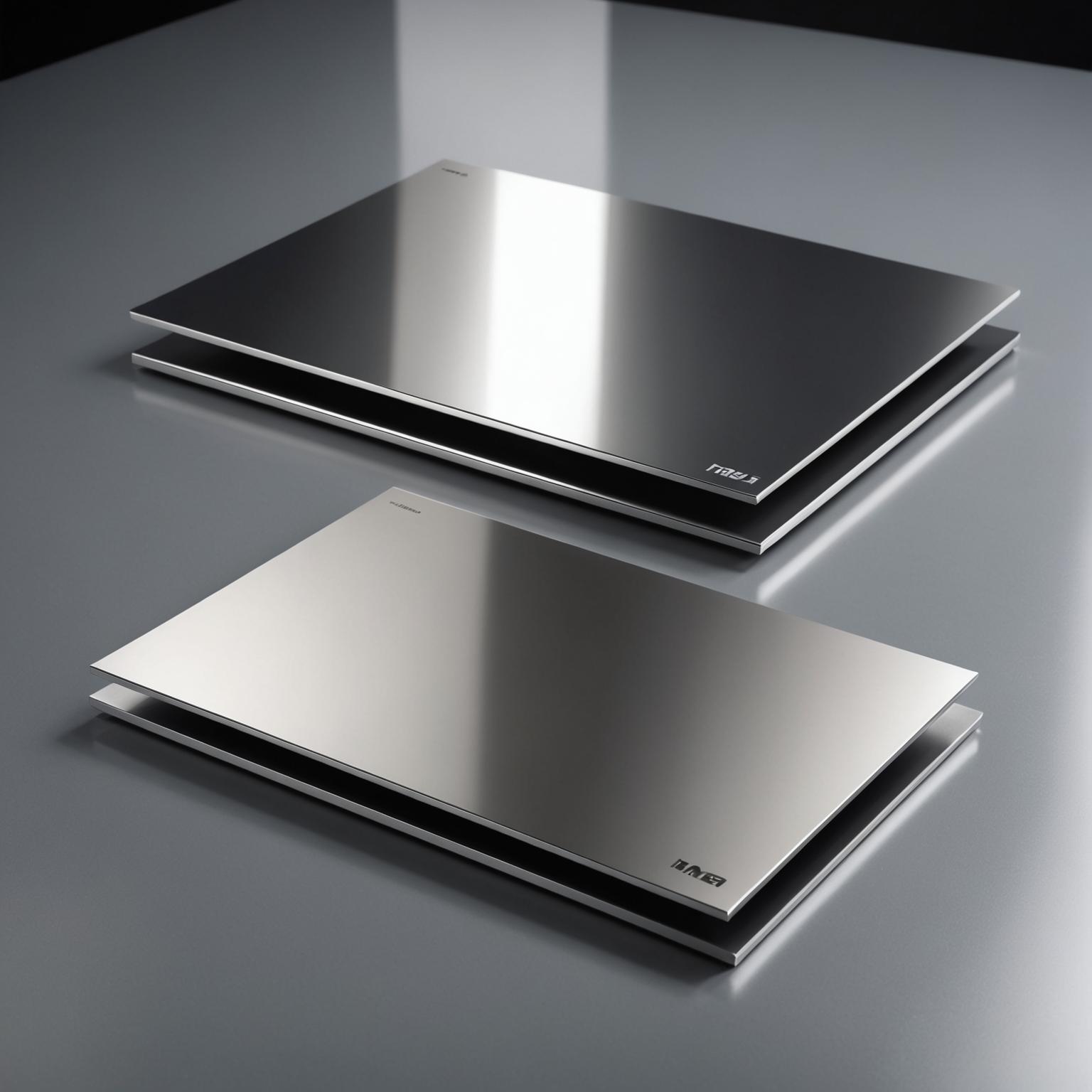Understanding Process Cost Comparison
When it comes to material technology, especially concerning stainless steel sheets, understanding the cost comparison between various surface treatments is crucial. The main keyword here is "Process cost comparison," which refers to evaluating the expenses associated with different surface treatments such as 2B, NO.4, 8K, and PVD. These treatments are pivotal in defining the quality, finish, and application suitability of stainless steel sheets.
Stainless Steel Sheet Surface Treatment Options
One of the common surface treatments is '2B', characterized by a smooth, dull finish which is the result of cold rolling followed by annealing and descaling. This process is typically cost-effective, making it ideal for applications where appearance is not the primary concern, but performance is. Another treatment is 'NO.4', known for its brushed finish, providing both aesthetics and functionality, especially popular in the design of kitchen appliances and decor. This is slightly more costly than the 2B finish due to the extra processing steps involved.
The '8K' finish offers a mirror-like surface, perfect for high-profile applications demanding aesthetic appeal. Its production involves extensive polishing processes, resulting in higher costs but unmatched reflective quality, often used in architectural and decorative projects. Lastly, the sophisticated 'PVD' (Physical Vapor Deposition) coating provides enhanced durability and color variety, with cost implications related to its technological complexity and superior performance in protective overcoating.
Evaluating Cost Against Benefits
When making a decision on which surface treatment best fits your needs, it's imperative to consider not just the initial cost but the long-term benefits each option offers. For example, if hygiene and ease of cleaning are prime factors, investing in a NO.4 finish could enhance functionality without compromising aesthetics. Meanwhile, for projects where luxury and high visual impact are sought, the 8K finish could justify the extra expense due to its richer appearance.
On the other hand, opting for PVD coating might be advantageous for applications exposed to harsh environments, providing durability and coloration options that could reduce maintenance costs over time. In the end, the right choice hinges on balancing budget constraints with desired performance and visual appeal in your project.
Through these insights, companies can make informed decisions that align with their branding, marketing goals, and project demands, seizing the opportunity to invest in the stainless steel option that best delivers on all fronts.








